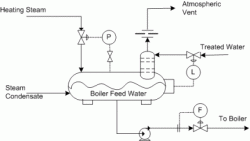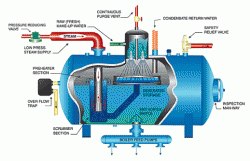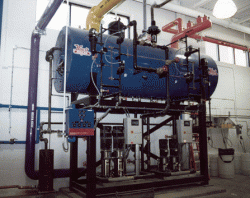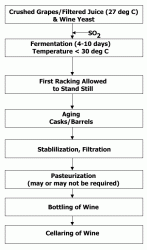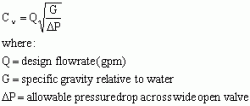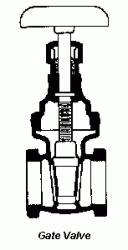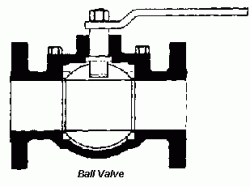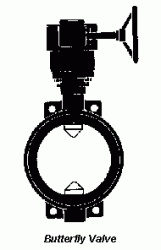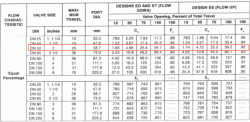Articles Archives
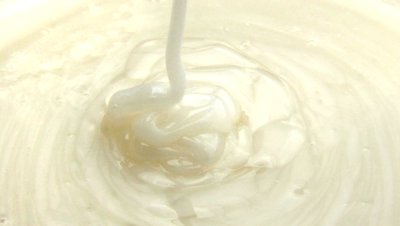
Product Viscosity Versus Shear
Many products are known to be “shear thinning,” which is a term given to materials that exhibit a decrease in viscosity when force is exerted. The viscosity of pseudoplastic fluids decreases with shear, and recovers quickly when the shear is removed. Examples include paper pulp in water, latex paint, molasses, and pharmaceutical suspensions (such as certain cough syrups).






Statistical Process Control: Process and Qualit...
Statistical Process Control (SPC) provides a way to monitor chemical and other processes. We'll focus on continuous chemical processes and how the process and quality control departments utilize SPC. Process control engineers use SPC to monitor a process's stability, consistency and overall performance. Quality control engineers use SPC to see if the process is functioning within quality standards. In industry, these two departments work together to monitor a chemical process.






Water Chemistry and Treatment
Water is a natural solvent. Rain water is acidic due to carbon dioxide picked up in the atmosphere. Water and CO2 make carbonic acid (acid rain). Water hardness is primarily calcium and magnesium. Calcium is limestone - common throughout Midwest. Acid water dissolves limestone, iron, and other minerals in soil.





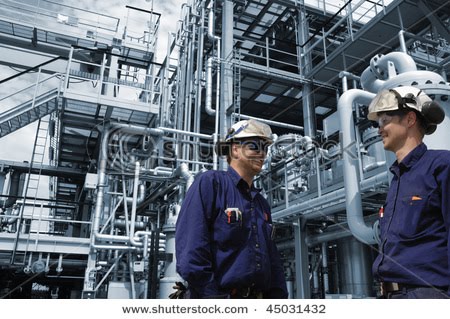
Why Become a Chemical Engineer?
How about a career where the opportunities are endless? Trying not to sound like an advertisement, I'd like to describe some of the more common careers pursued with a Chemical Engineering degree. Firstly, if you're considering studying Chemical Engineering, but you're a little timid because of the horror stories that you hear, you actually may want to think about it some more!





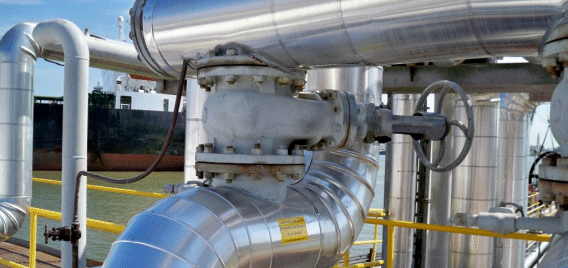
Steam Tracing with MS Excel
Heat tracing is used to prevent heat loss from process fluids being transported in process fluid pipes, when there is risk of damage to piping, or interference with operation such as fouling or blockage, caused by the congealing, increase in viscosity, or separation of components, in the fluid below certain temperatures, or when there is risk of formation of corrosive substances or water due to condensation in corrosive services.





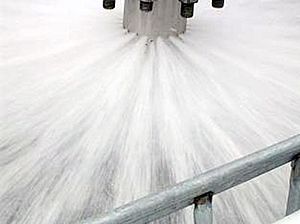
Deaerators for Boilers
Removing dissolved oxygen from boiler feed water is absolutely necessary to protect your boiler equipment from severe corrosion. But the make-up water necessary in any boiler system inevitably contains dissolved oxygen. Oxygen can sometimes enter condensate systems as well. A good deaerator is essential to trouble-free boiler operation.
Read story → 1 comments





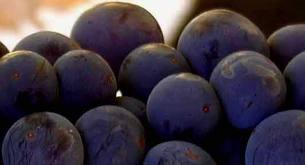
Wine and Wine Making
Wine is fermented grape juice. Wine can be made from grapes, fruits, berries etc. Most wine, though , is made from grapes. And no matter what the wine is made from, there must be fermentation, that is, that sugar be transformed into alcohol. If the amount of alcohol is relatively low, the result is wine. If it is high, the result is a "distilled liquor," something like gin or vodka.
Read story → 0 comments





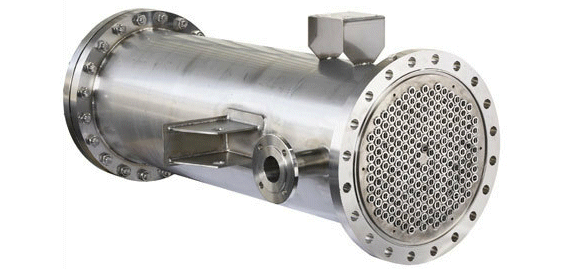
U in Heat Exchangers
Typical values of U are useful for quickly estimating the required surface area. The literature has many tabulations of such typical coefficients for commercial heat transfer services.
Read story → 0 comments





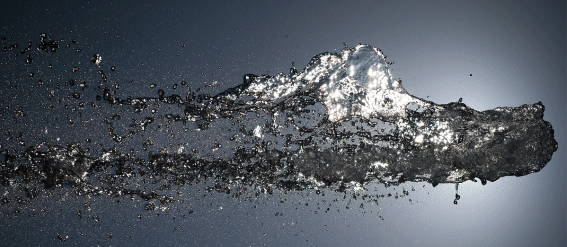
Valve Sizing and Selection
Sizing flow valves is a science with many rules of thumb that few people agree on. In this article I'll try to define a more standard procedure for sizing a valve as well as helping to select the appropriate type of valve. **Please note that the corr...
Read story → 16 comments





Submission Received
Thank you for your submission. We've received your information and will be in contact with you shortly.






Physical Properties on the Internet
Finding physical properties on the internet can lead to an interesting journey. Here, we've compiled a list of some of the best sites that we've found over the years. Thermodynamic and Transport Properties of Water and SteamDr. Bernhard Spang presents...





Terms of Use and Legal Restrictions
ATTENTION: PLEASE READ THESE TERMS CAREFULLY BEFORE USING THIS WEB SITE. USING THIS WEB SITE INDICATES THAT YOU ACCEPT THESE TERMS. IF YOU DO NOT ACCEPT THESE TERMS ("TERMS"), DO NOT USE THIS WEB SITE. Use of Site. The Chemical Engineers' Resource Pa...





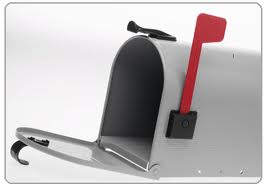
Mail List Subscribers: Join Our Community
I'd like to welcome our mail list subscribers to our improved community. For years, visitors to the site had a chance to quickly fill out a brief form at the bottom of every page on the site to let us know that they wanted to be updated when new conte...
Read story → 0 comments






ChE Plus Has Moved
ChE Plus has moved to the Community section of our website. Here, we'll explain how to access your ChE Plus files in our new interface. If you do NOT have an account set up in our community section, read below about how to gain access.Already Have a...
Read story → 0 comments





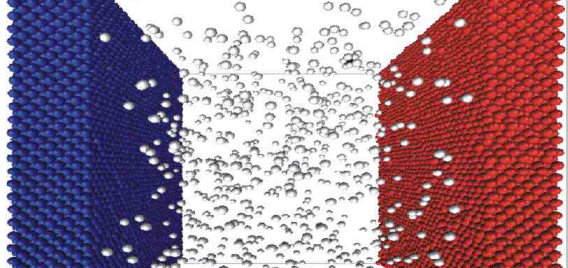
Correlations for Convective Heat Transfer
In many cases it's convenient to have simple equations for estimation of heat transfer coefficients. Below is a collection of recommended correlations for single-phase convective flow in different geometries as well as a few equations for heat transfer...






Air Leak Testing Prior to Commissioning
Our message board is a constant source of great advice and information for all of our users. Some times, an especially useful discussion takes place that deserves a little extra attention. The inquiry and reply shownin this articlecan benefit process e...





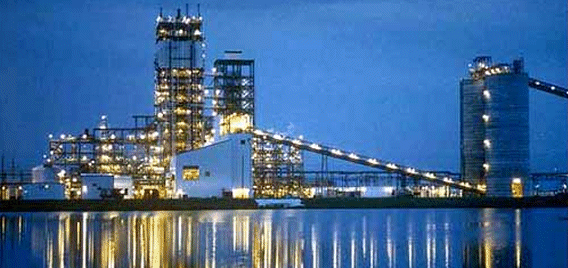
Ammonia: The Next Step
Steam reforming of hydrocarbons for ammonia production was introduced in 1930. Since then, the technology has experienced revolutionary changes in its energy consumption patterns. Ranging from an early level of 20 Gcal/tonne (79.4 MBtu/tonne) to about...





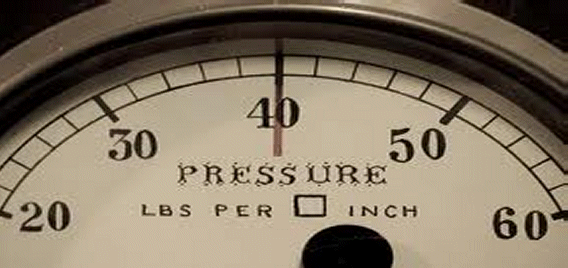
Relieve Valve Set Pressures
As the title of this column implies, I intend to present various topics related to Process Engineering Design based on my knowledge and experiences. I will convey what approaches I think you should be taking. I will stress "the correct way" so don't ex...





Relief Valves: "What Can Go Wrong" Scen...
What can go wrong in a chemical facility? Plenty! A report in the August 2000 issue of CEP1 shows that operator error or poor maintenance was the leading of cause of accidents for unfired pressure vessels eight years running. The ProblemAccidents not o...





Rupture Disks for Process Engineers - Part 1
This is a real story. A rupture disk manufacturer presented a seminar to a group consisting of junior and more senior level process design engineers (yours truly included) with a few instrument engineers thrown in. After about an hour of hearing terms...





Rupture Disks for Process Engineers - Part 2
Part 1 of this series on rupture disks for Process Engineers covered why you use a rupture disk and when you might want to use this device. This part will discuss how to size the rupture disk. Subsequent parts will include how to set the burst pressure...





Rupture Disks for Process Engineers - Part 3
Part 1 of this series on rupture disks for Process Engineers covered why you use a rupture disk and when you might want to use this device. Part 2 discussed how to size the rupture disk. In this part, I will cover how to set the burst pressure. Subsequ...





Rupture Disks for Process Engineers - Part 4
Part 1 of this series on rupture disks for Process Engineers covered why you use a rupture disk and when you might want to use this device. Part 2 discussed how to size the rupture disk. Part 3 discussed how to set the burst pressure. In this part, I w...





Rupture Disks for Process Engineers - Part 5
Part 1 of this series on rupture disks for Process Engineers covered why you use a rupture disk and when you might want to use this device. Part 2 discussed how to size the rupture disk. Part 3 discussed how to set the burst pressure. Part 4 discussed...





Rupture Disks for Process Engineers - Part 6
Part 1 of this series on rupture disks for Process Engineers covered why you use a rupture disk and when you might want to use this device. Part 2 discussed how to size the rupture disk. Part 3 discussed how to set the burst pressure. Part 4 discussed...






 FB
FB
